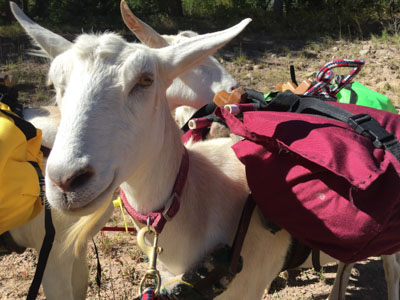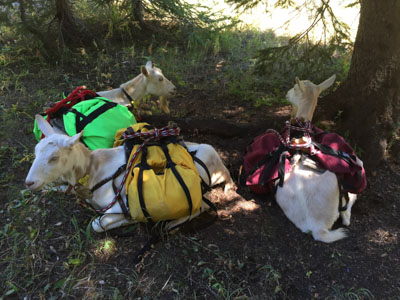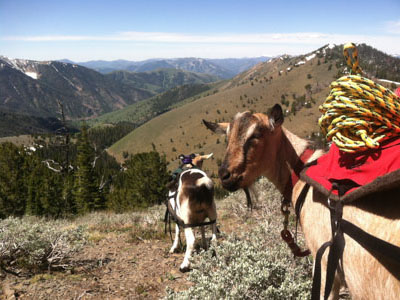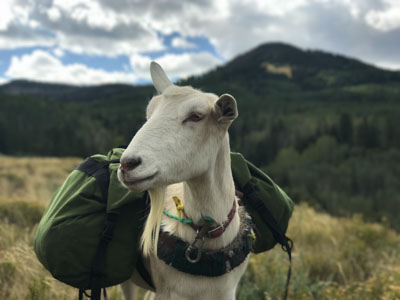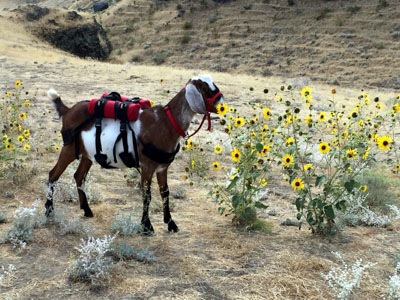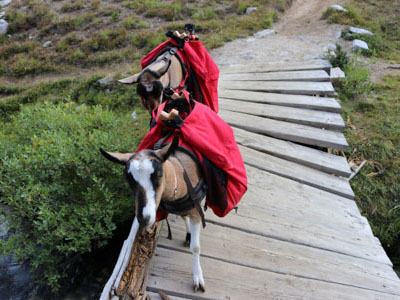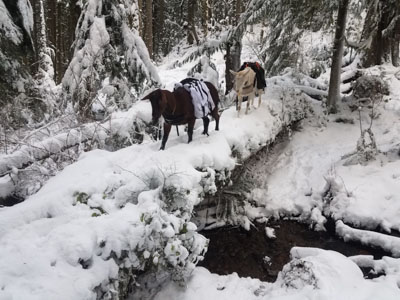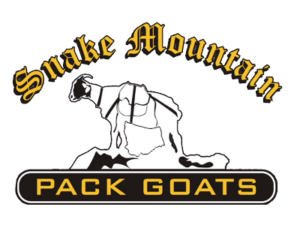This is the North American Packgoat Association’s (NAPgA’s) suggested Buyer’s Guide. This is living document which is open to editing and updating as needed.
The following is a list of NAPgA members who also breed goats. NAPgA does not recommend any particular breeder. Individuals interested in purchasing adult or packgoat prospect kids are encouraged to thoroughly research breeders, check references, and become informed about any breeder from whom they decide to purchase goats. For further information please refer to the Breeder’s Code of Ethics.
Do Your Homework
Join the North American Packgoat Association (NAPgA). Founded in 1999, the NAPgA is a 501(c)3 non-profit organization whose mission is to:
- Promote the use and enjoyment of packgoats
- Improve, mentor, and encourage competency in the practice of goatpacking
- Provide communication and disseminate information
- Promote scientific study of the caprine species, their care, welfare and training
- Urge recognition of goatpacking as a low impact packstock alternative
- Establish traditions which will aid, perpetuate, and further the welfare of goats and goatpacking
NAPgA’s website has many links under the “Resources” tab so you can learn about goats in general and packgoats in particular.
Purchasing
- Do not purchase from sale barns – disease is far more common and you have no health or breeding history on the goats you are buying. Many people dump their culls at sale barns.
- If unfamiliar with goats it is wise to visit several farms and talk to several breeders.
- A farm should be clean with active, friendly, and healthy-looking animals in good weight.
- Look for a breeder that is helpful and who is willing to offer advice in the future if you buy a goat from them.
- Look for a breed of goat with the size, strength, endurance, temperament, etc. that will best suit your needs. Some breeds are better known for strength and others for endurance and agility. For example, a Boer cross might be best suited for heavy packing over shorter distances while an Alpine might be a better choice for long distances over difficult terrain.
- Always take a close look at feet and legs. Hooves should be strong and well-formed with toes close together (not splayed). Pasterns should be short and strong with only a slight angle. Legs should be straight and not bowed in or out when viewed from the front or back. There should be good angle in the hocks. A good overstride in which the hind feet step well past the tracks left by the front feet indicates strength, endurance, and agility.
- Look for an overall balanced animal that appears athletic and not awkward.
- Kids should be friendly and curious. A little shyness around strangers can be normal, but curiosity should quickly overcome nervousness. A young goat that is fearful and won’t let you pet it has not been properly bonded with people and will take a lot of work (if he ever comes round at all).
- Ask the breeder which diseases they test for and why. It’s ok to ask for test results. If a breeder gets defensive about showing disease test results, it is a red flag.
- Goats should ideally be weaned at no less than 3 months.
- Ask if the breeder castrates and at what age. There is debate over what age and method is ideal, but generally it is believed that later castration decreases the odds of urinary calculi. The only study we know about recommends 10-12 weeks (~3 months), though some may opt to delay castration even longer:
https://www.napga.org/wp-content/uploads/2021/01/Kibria_2016.pdf - Ask which vaccinations the breeder gives and at what ages. If the breeder does not vaccinate, ask why. CD+T shots are usually standard and are usually administered at 1-2 months of age with a booster given one month later and at yearly intervals. This shot often causes temporary lumps.
- Ask the breeder if they do coccidia prevention or treatment. Why/why not?
- Ask to see the goat’s permanent identification. It is the breeder’s responsibility to permanently identify each kid with an ear tag, tattoo or microchip prior to it leaving their property. Permanent ID is required to receive a certificate of veterinary inspection (CVI) for legally taking your goat across state lines, and for conforming to certain public land area regulations, events, etc. It may also help reunite you with your goat should he ever be lost or stolen.
- Be sure to obtain a Bill of Sale when you purchase a goat. You should also receive information on the dates the goat has received any vaccinations, deworming, coccidia treatment, hoof trimming, and anything else that you need as a baseline for the continuing care of the goat.
How much should I pay for a packgoat?
- Look at auction prices in your area to get a general idea of how much goats sell for by weight. If a breeder’s asking price is substantially higher or lower than the local market price it could be a red flag. Ask the breeder how they arrive at their asking price.
- Do not low-ball a breeder. If you think you can find a better deal elsewhere, that’s fine, but do not waste the breeder’s time by haggling. Ethical breeders have put both time and money into producing quality animals.
Identification
- Always make sure goats are individually identified either by scrapies tags, a tattoo or microchip before removing them from the breeder’s property.
Help after the sale
- A breeder should be willing to mentor you after the sale.
- If you have a problem with a goat, call the breeder for help. They may be able to offer valuable advice or point you in the direction of someone else who can help. A good breeder wants your goats to thrive and will help you achieve that goal!

